In recent years, the belt squat machine has become a rising star in strength training—especially among lifters looking to build lower-body power without stressing their spine. Whether you're outfitting a home gym or upgrading a commercial training space, knowing what to look for in a belt squat machine is essential.
What Is a Belt Squat Machine and Why Does It Matter?
The belt squat machine allows you to perform squats with the resistance loaded around your hips rather than your shoulders. That small change creates a huge difference: your spine stays neutral, your lower back remains unburdened, and your legs still get every bit of the burn.
It's ideal for people with lumbar issues, tight shoulders, or anyone who wants to give their upper body a break while hammering quads, glutes, and hamstrings.
Benefits That Go Beyond the Obvious
-
Spinal Decompression: No axial loading means safer squatting for those recovering from injury or dealing with chronic back discomfort.
-
Quad Isolation: The movement path targets the quads more directly, especially when paired with elevated heels or foot platforms.
-
Versatility: Many belt squat machines also function as platforms for rows, marches, calf raises, or even sled pushes with the right attachments.
-
Fatigue Management: Lifters can hit high volume on legs without compromising recovery for the rest of their compound lifts.
What to Look for When Shopping Belt Squat Machines for Sale
With more options on the market than ever, here's what to prioritize:
-
Footprint: Measure your space. Some models are surprisingly compact, making them ideal for home gyms.
-
Weight Capacity: Heavier lifters or advanced athletes should ensure the machine can handle substantial plate loads.
-
Attachment Compatibility: Look for options that accept handles, foot platforms, or rowing belts.
-
Smooth Track System: Linear bearings or high-quality pivot arms make a world of difference in the feel and safety of the squat.
-
Belt Quality: A thick, padded belt with secure clip points should come standard. A flimsy belt can ruin the experience—and your hips.
My Experience with Belt Squats
I started using a belt squat machine during a rehab phase after tweaking my lower back. Traditional back squats were off the table, but I didn’t want to lose leg size or strength. To my surprise, belt squats didn't just "fill in"—they reshaped my entire lower body approach. I could push intensity, experiment with foot angles, and train through fatigue without the fear of a barbell tipping or my spine paying the price.
Eventually, it became a staple in my programming, even after recovery. For athletes, older lifters, or even bodybuilders chasing volume, it’s an underrated gem.
Finding Belt Squat Machines for Sale—The Right Way
If you're browsing for belt squat machines for sale, consider your goals and setup first. A commercial-grade machine might be overkill for a garage gym, while a compact unit won’t cut it in a high-traffic training facility. Make sure to:
-
Read verified reviews (especially from lifters with similar goals or body types)
-
Compare specs side by side, particularly for weight capacity and footprint
-
Check for included accessories like belts or loading pins
-
Reach out to the seller with questions—especially if you're buying from a lesser-known brand
Reputable equipment brands will stand behind their welds, bearings, and belts.

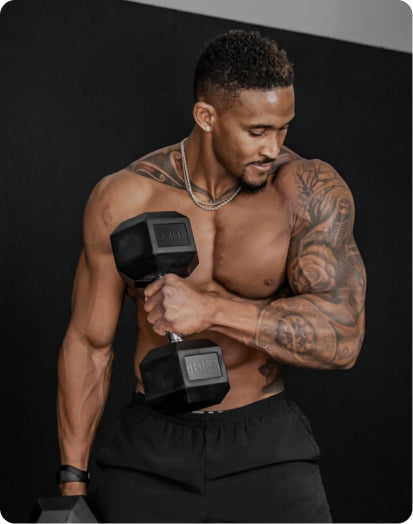
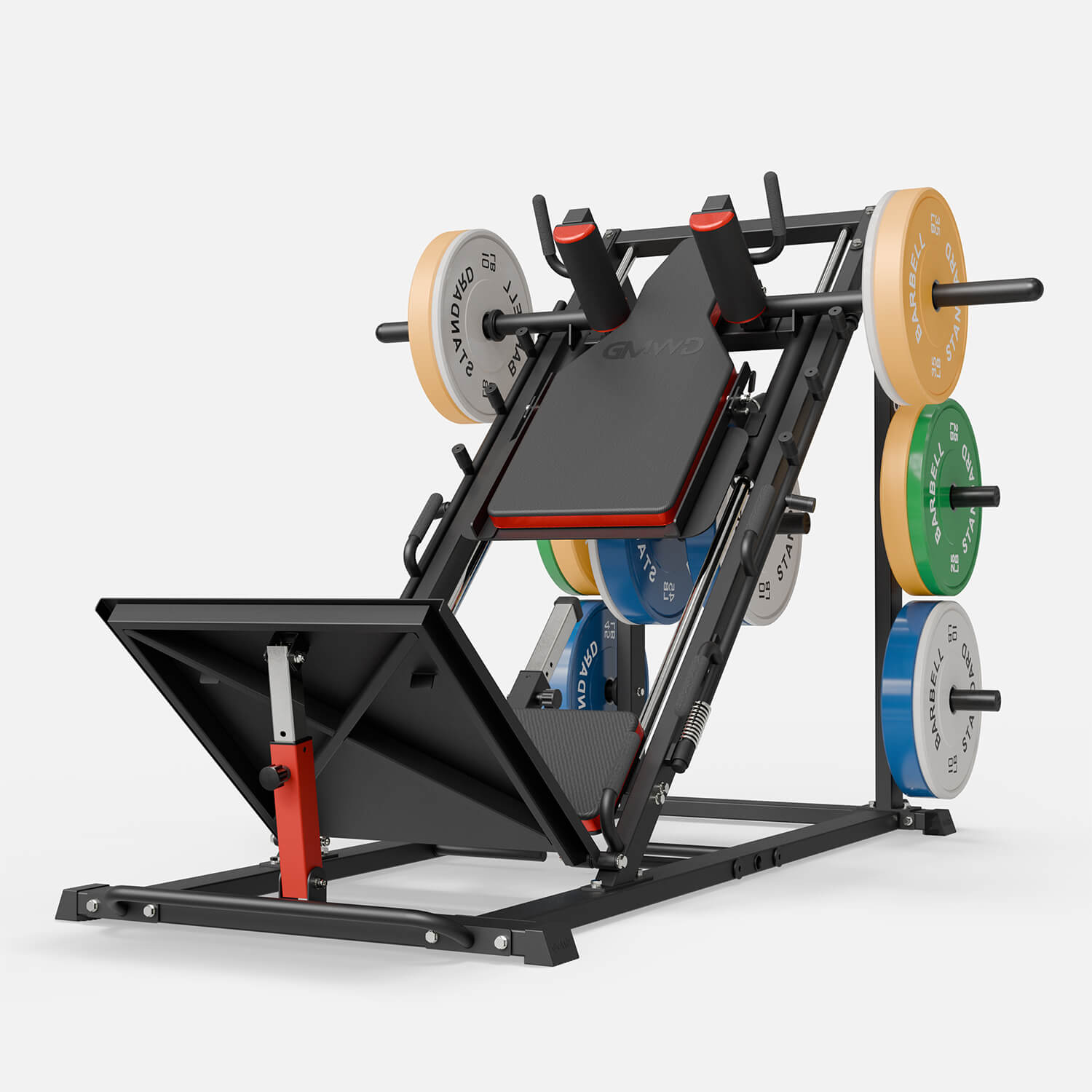
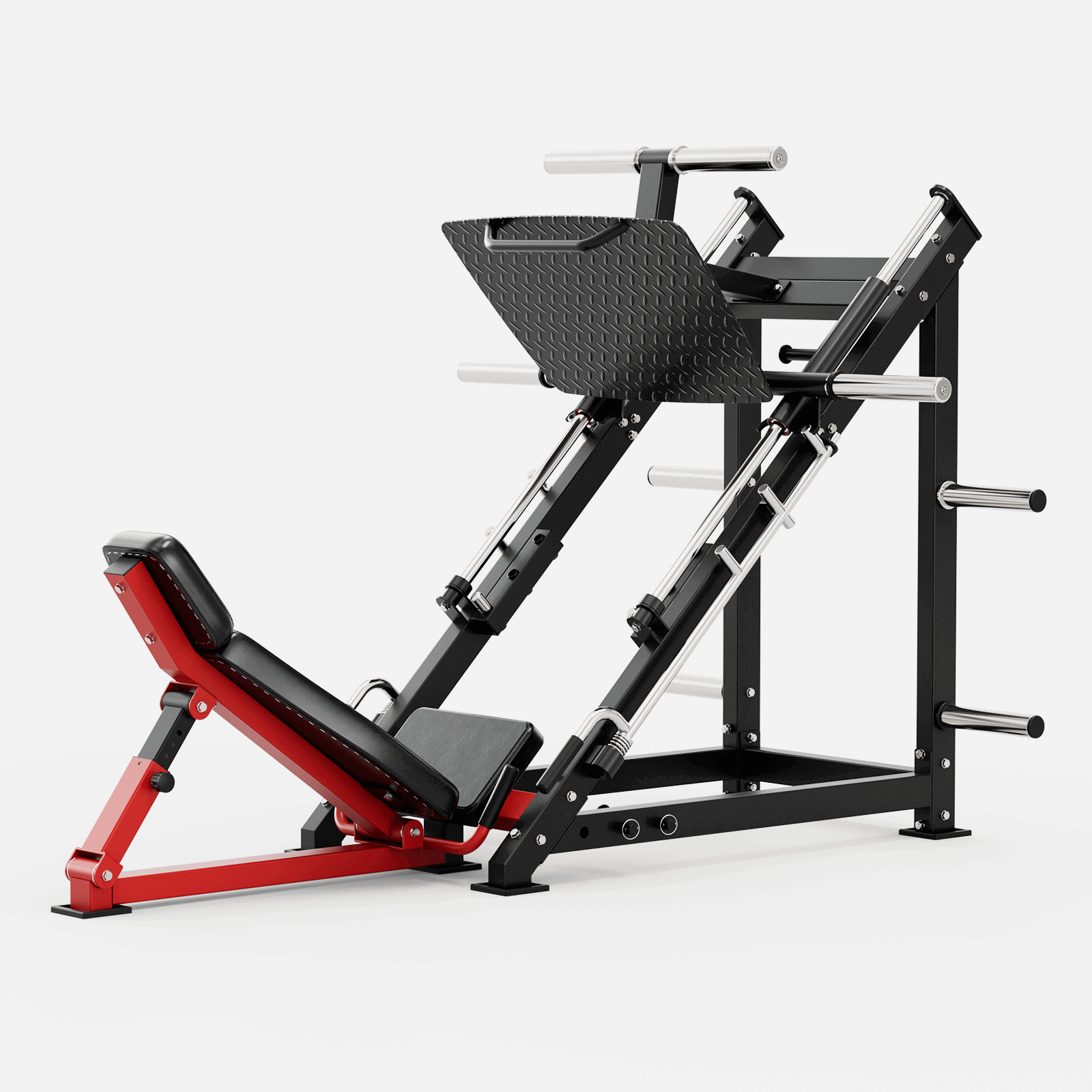

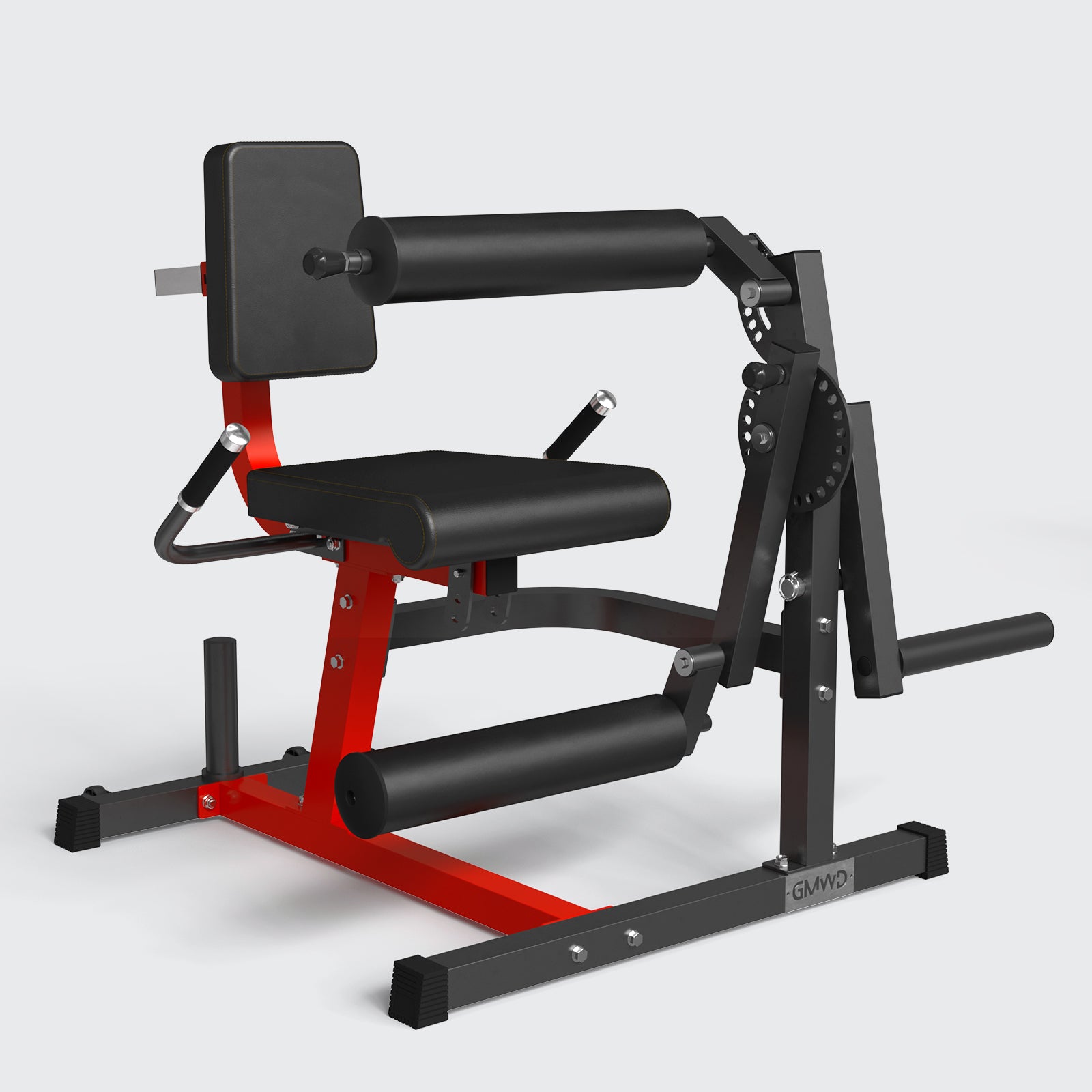
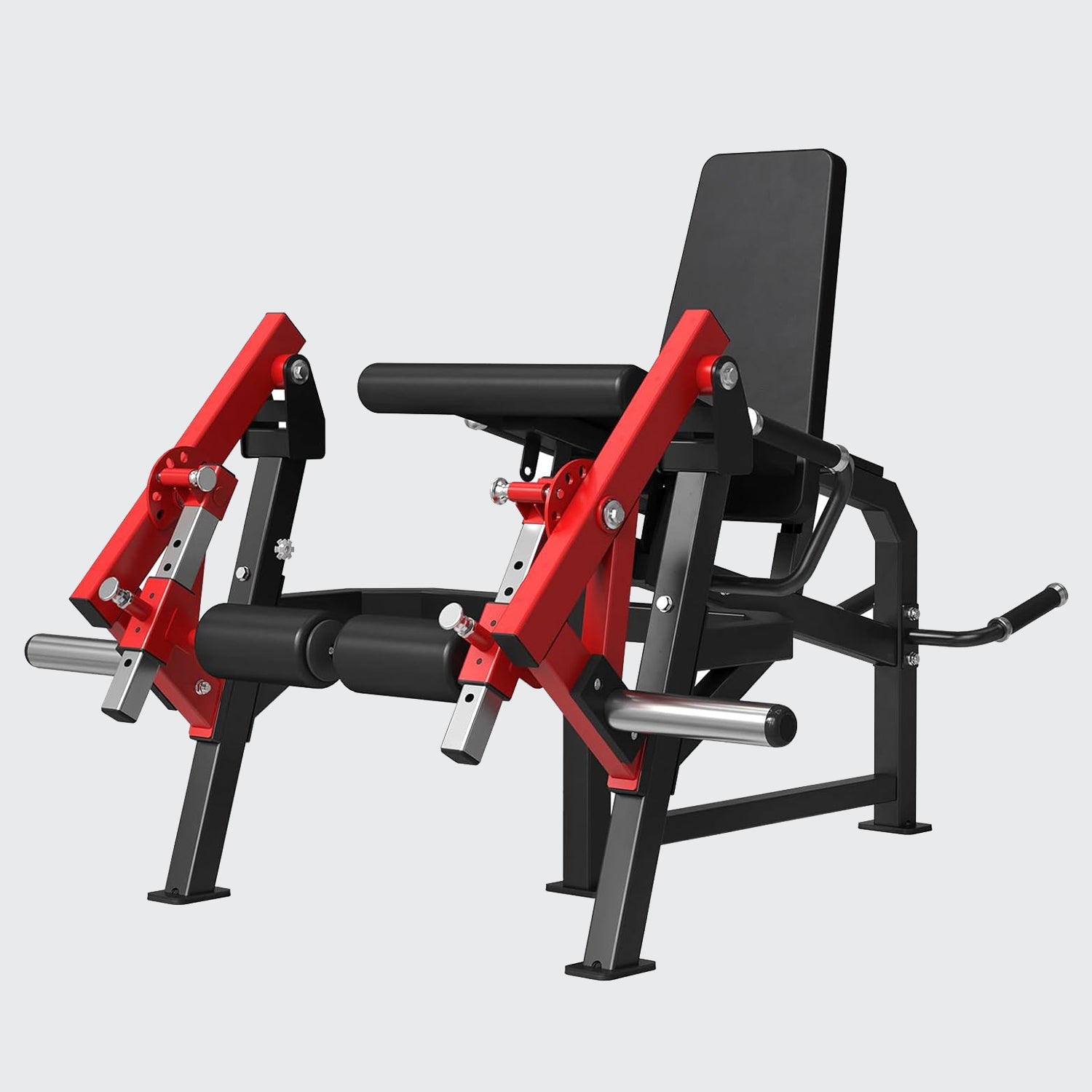
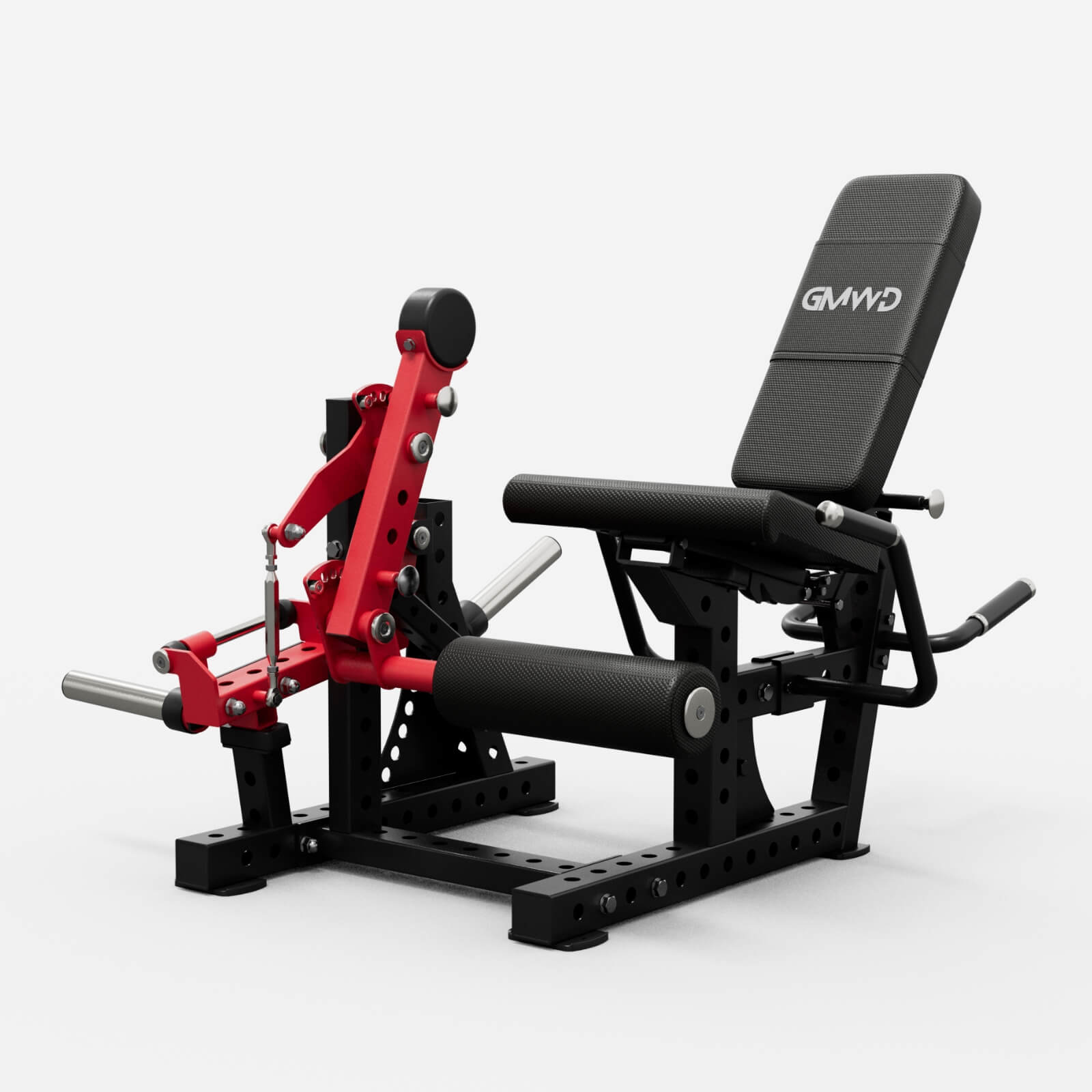
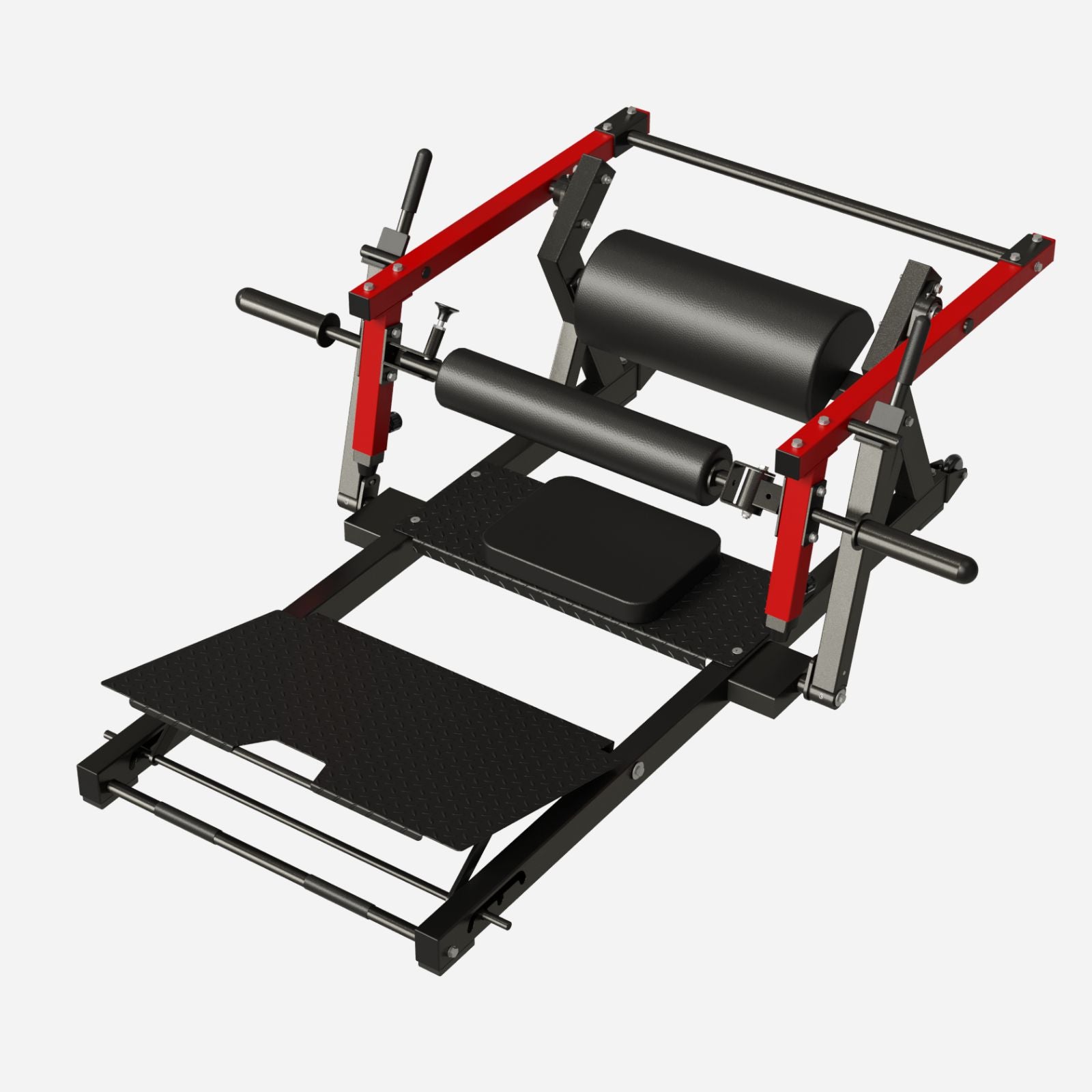
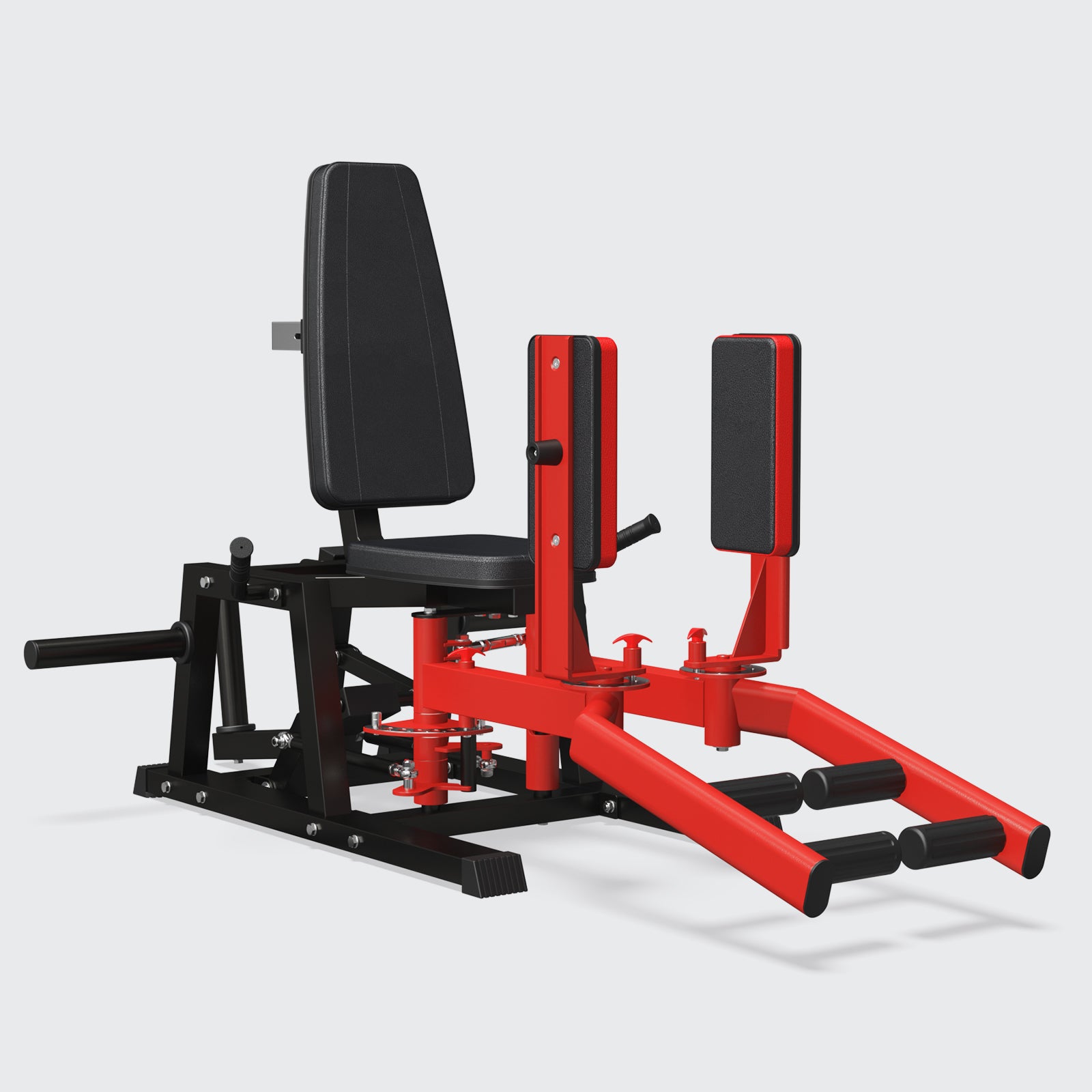


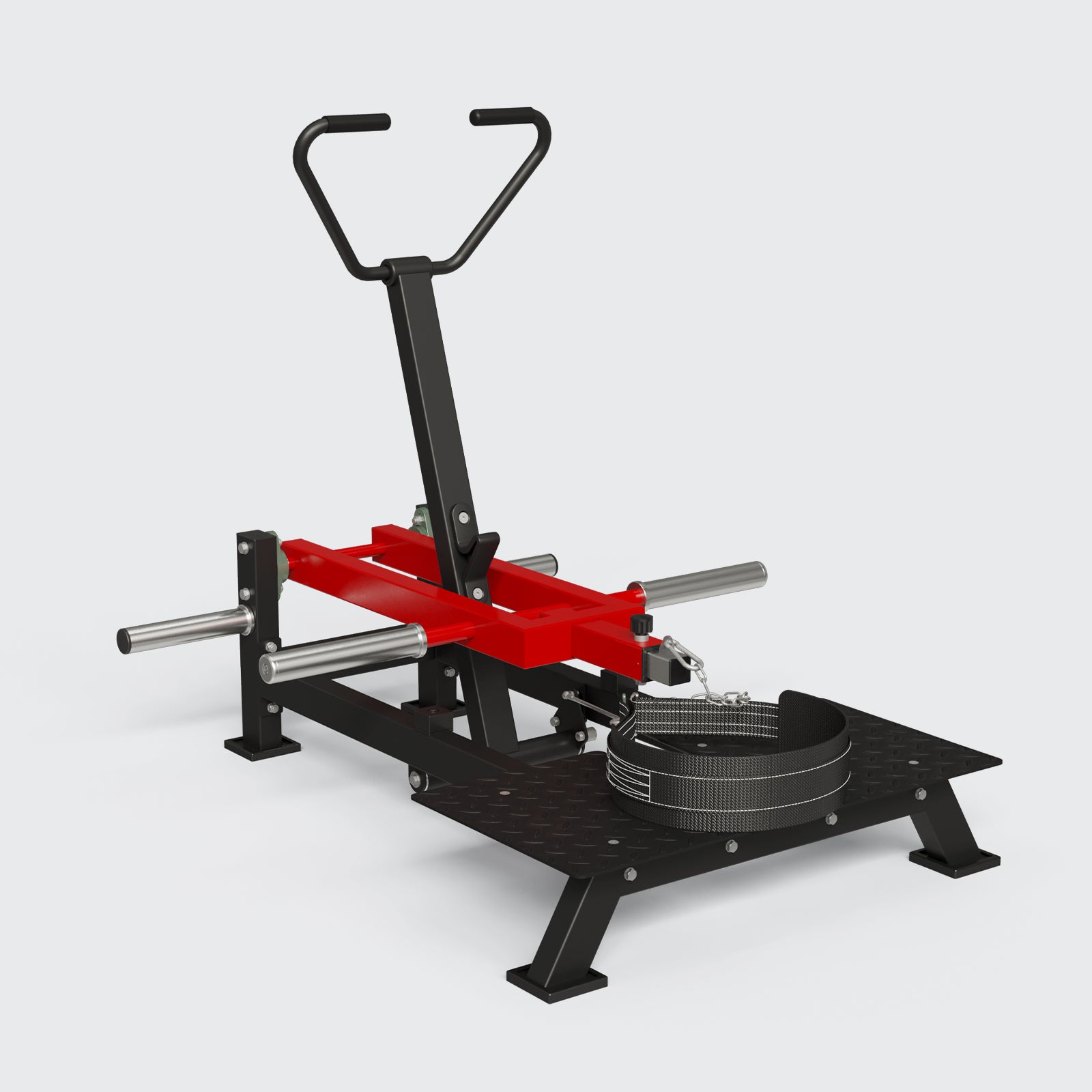
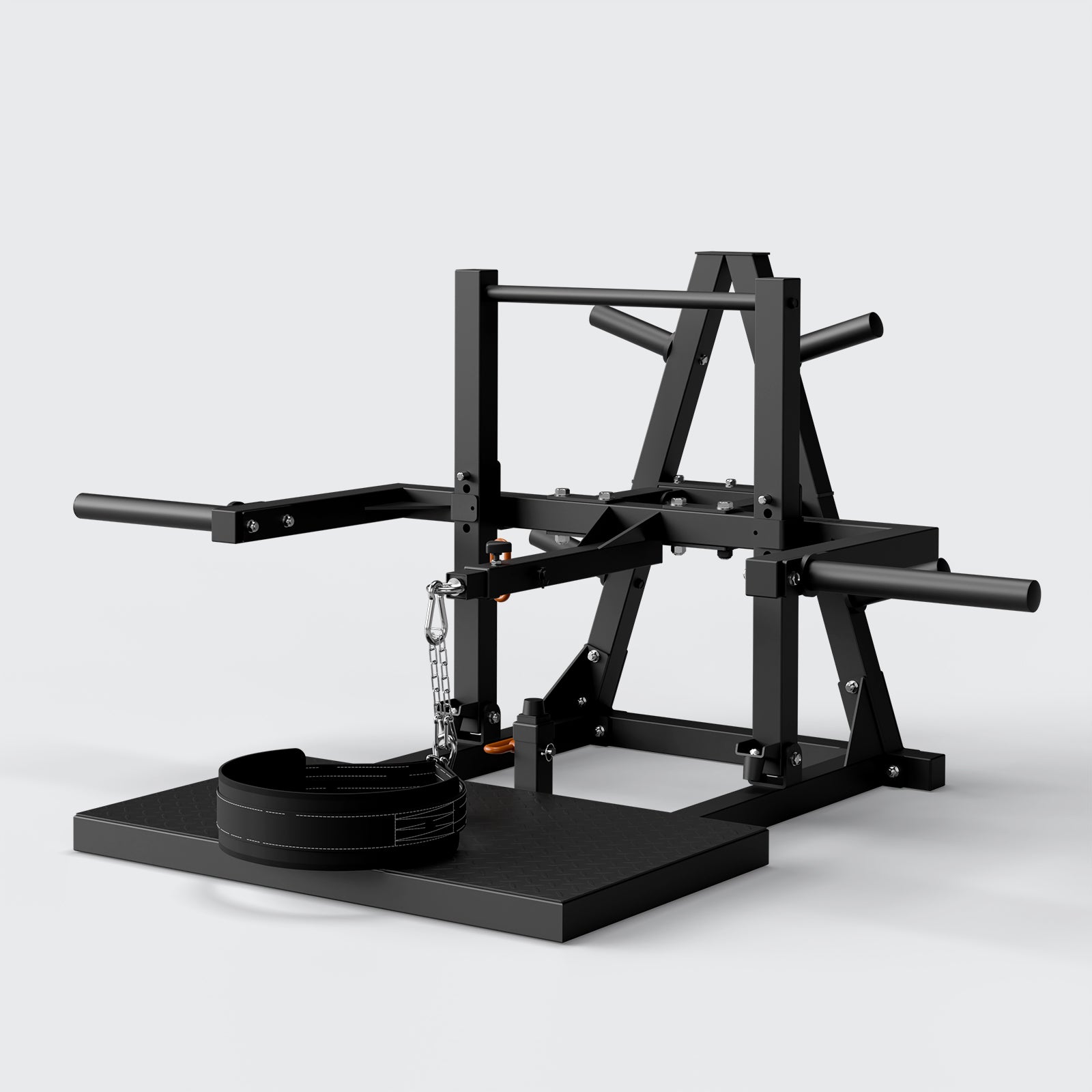

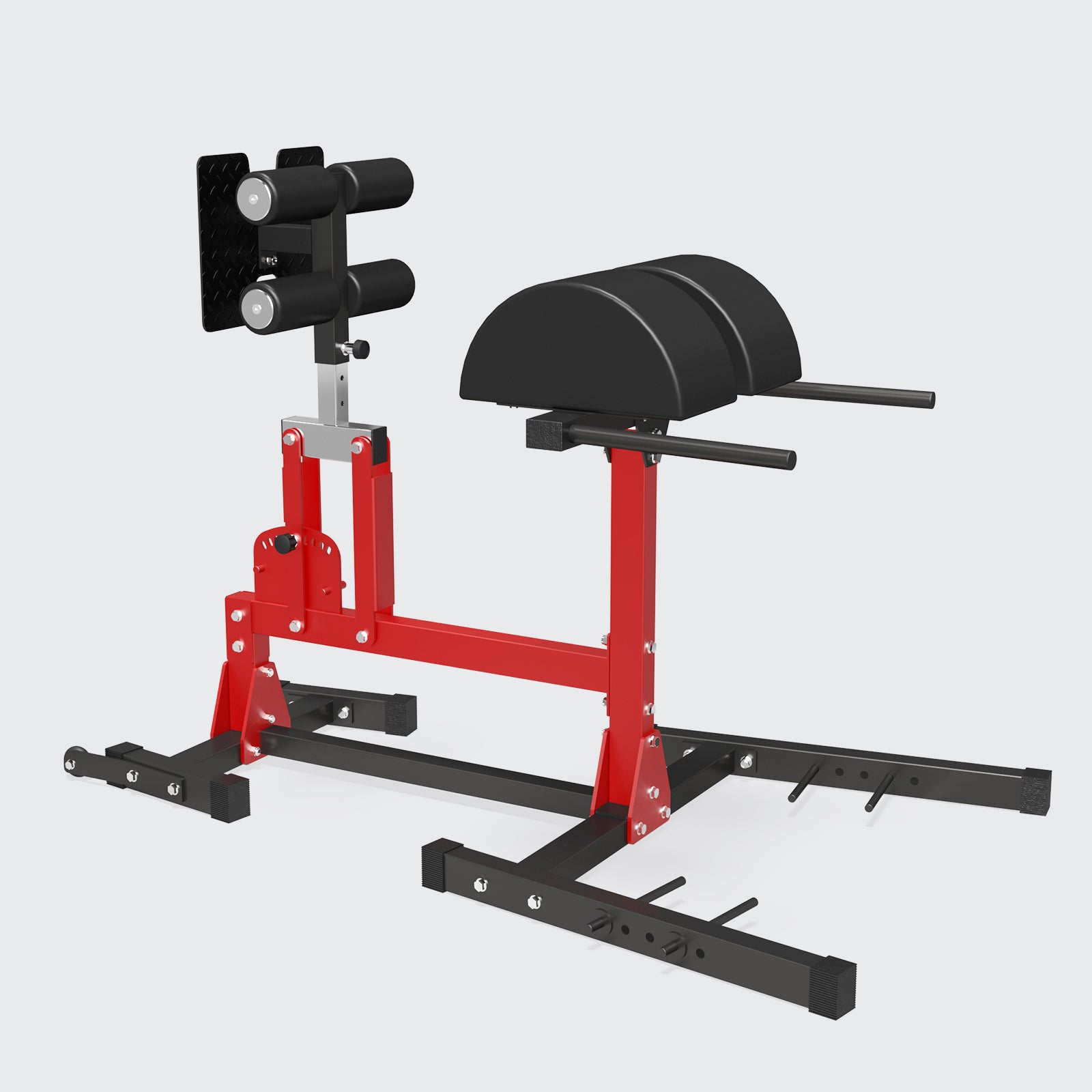

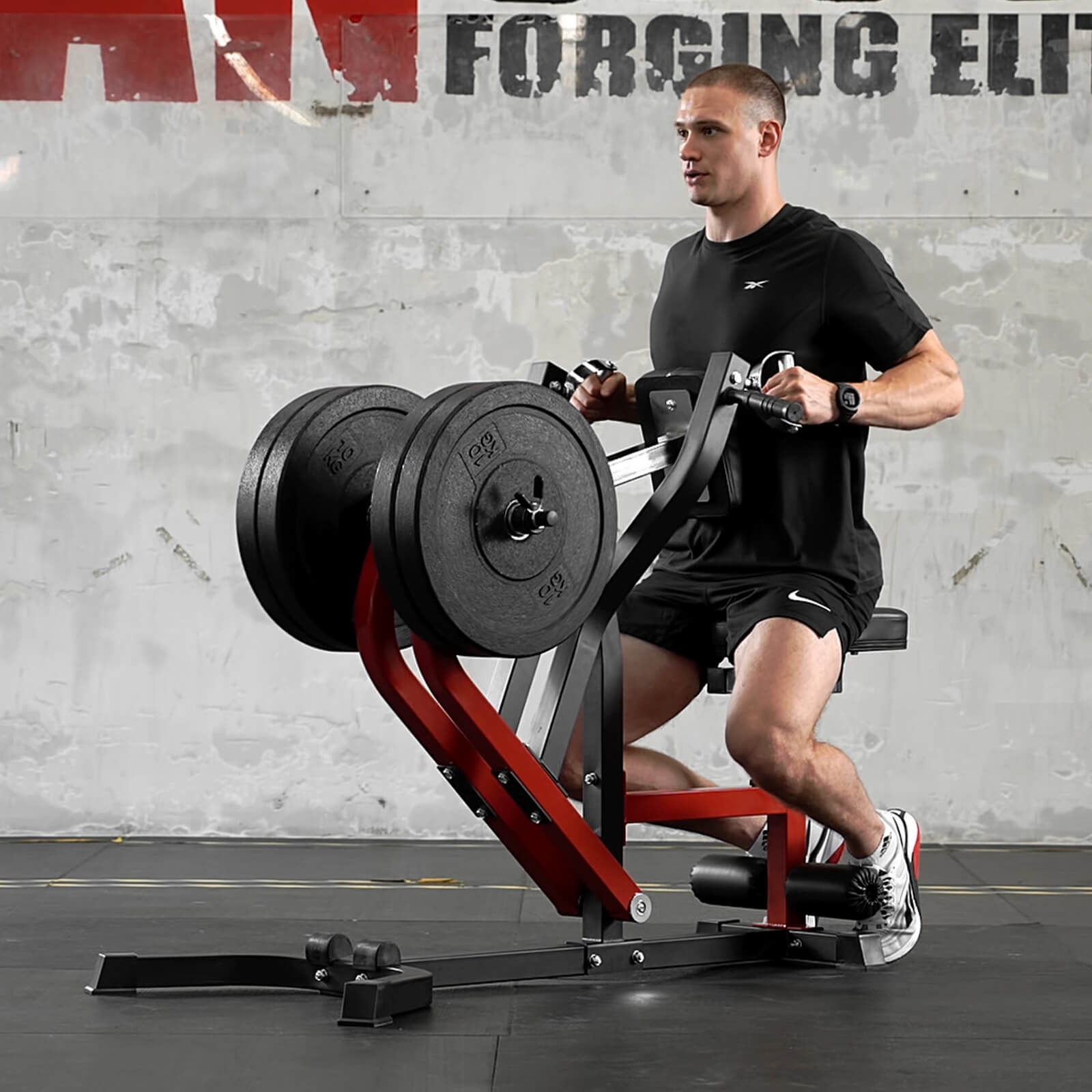
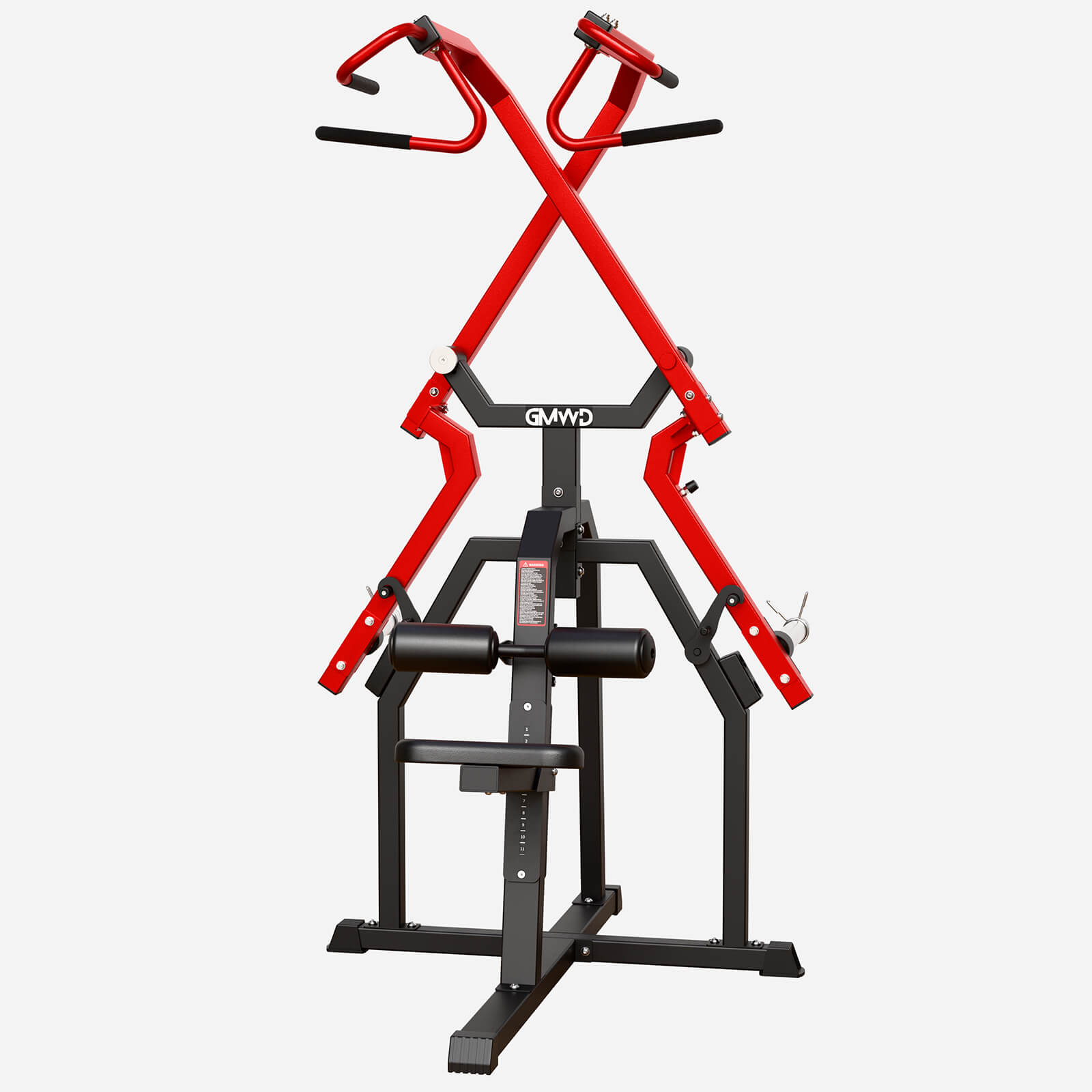
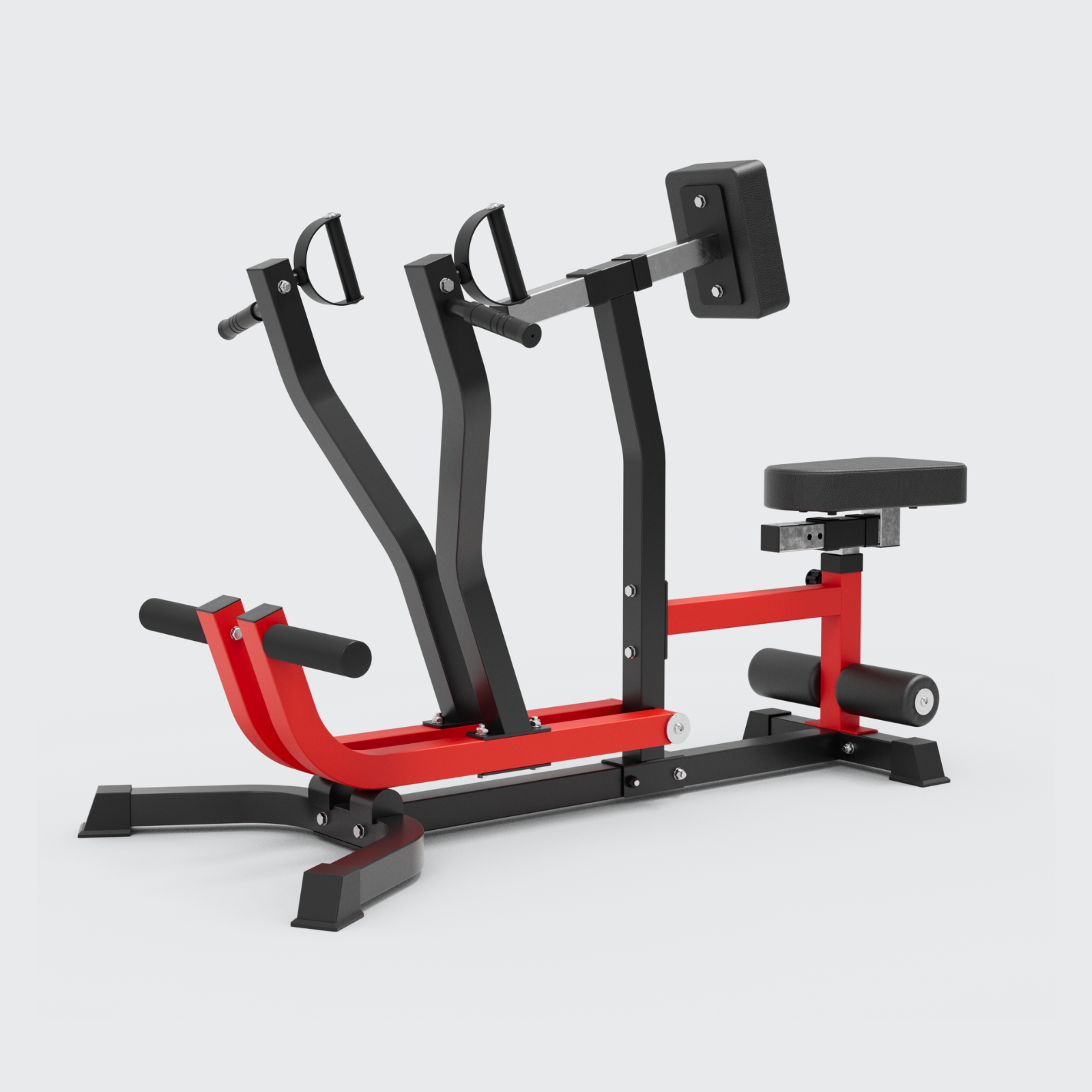
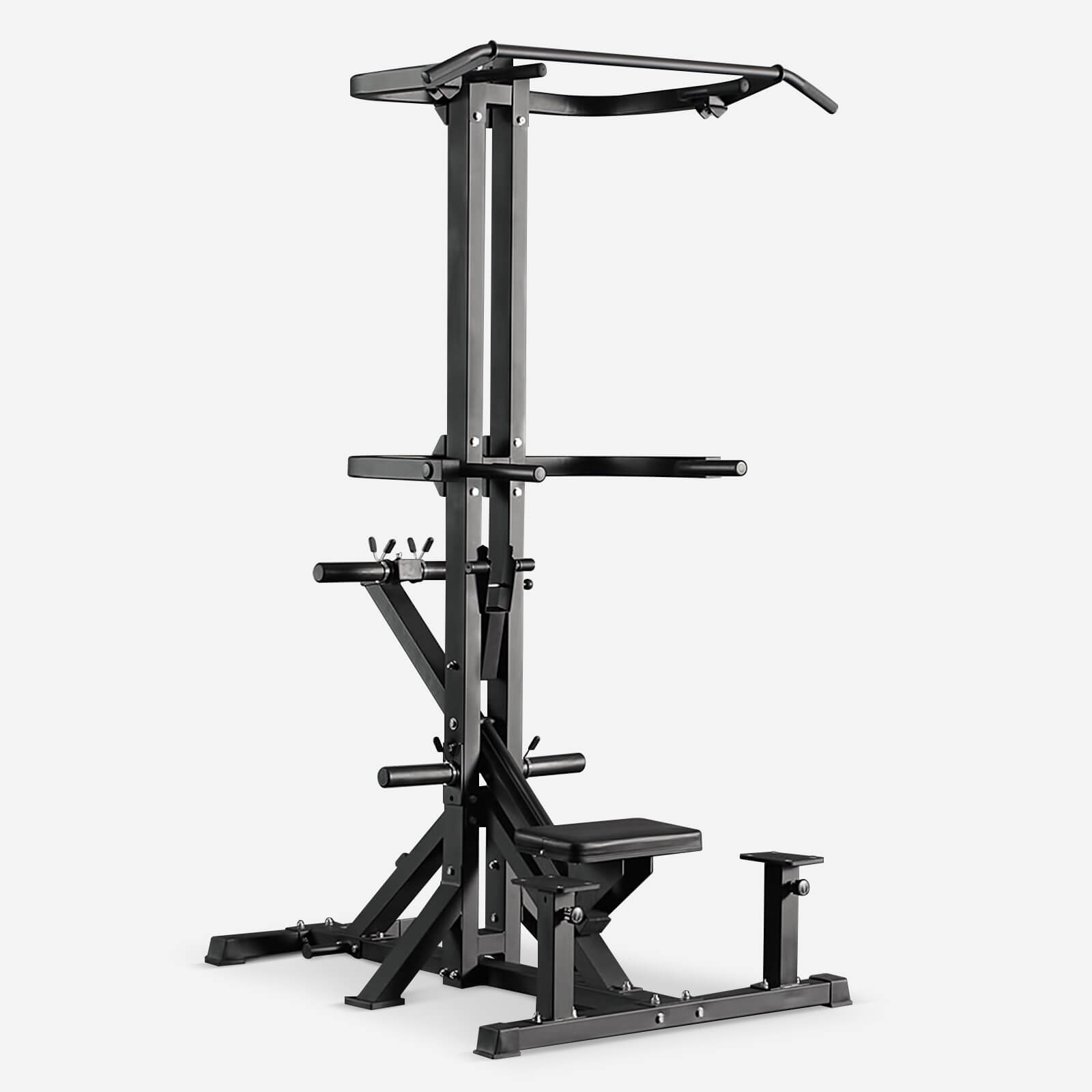


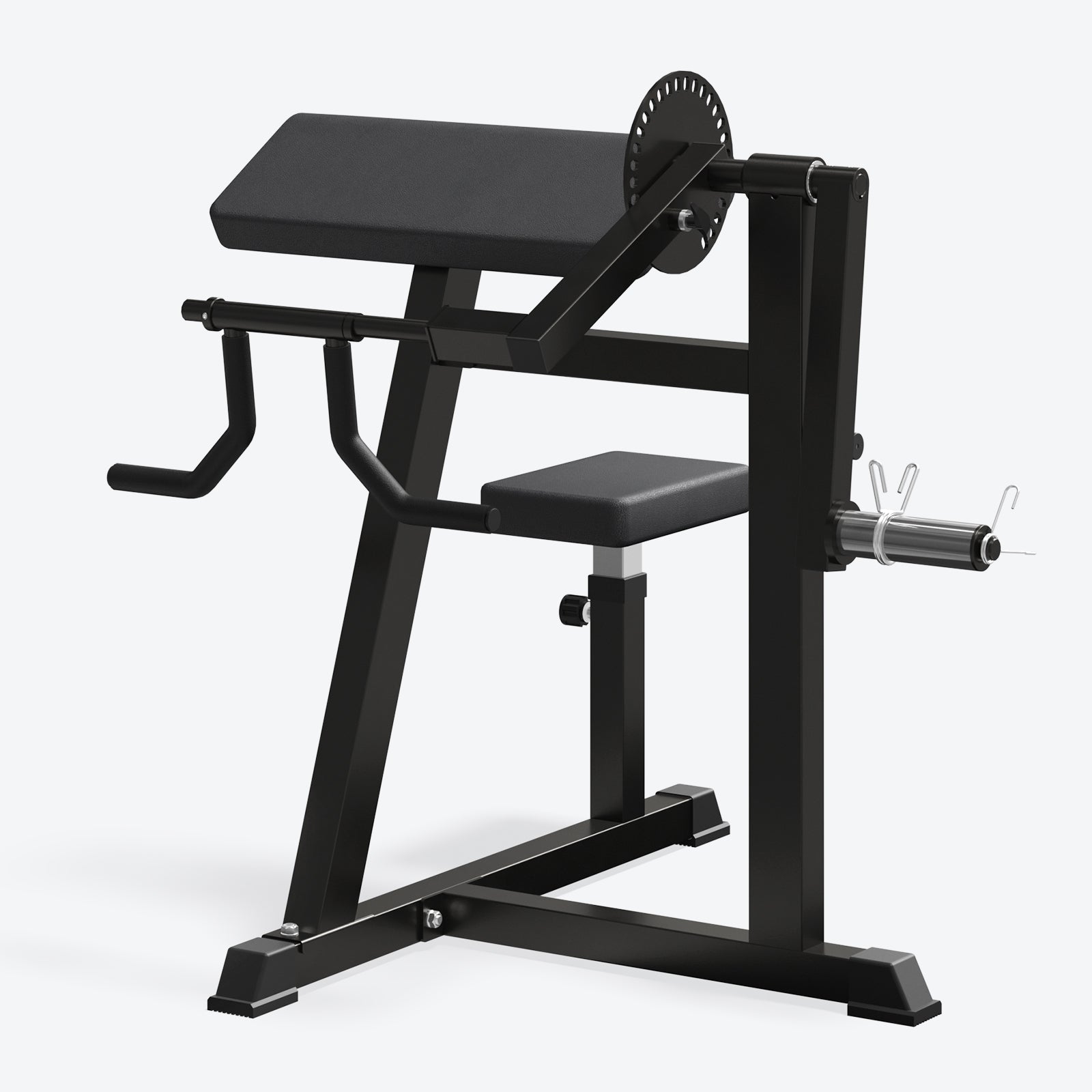
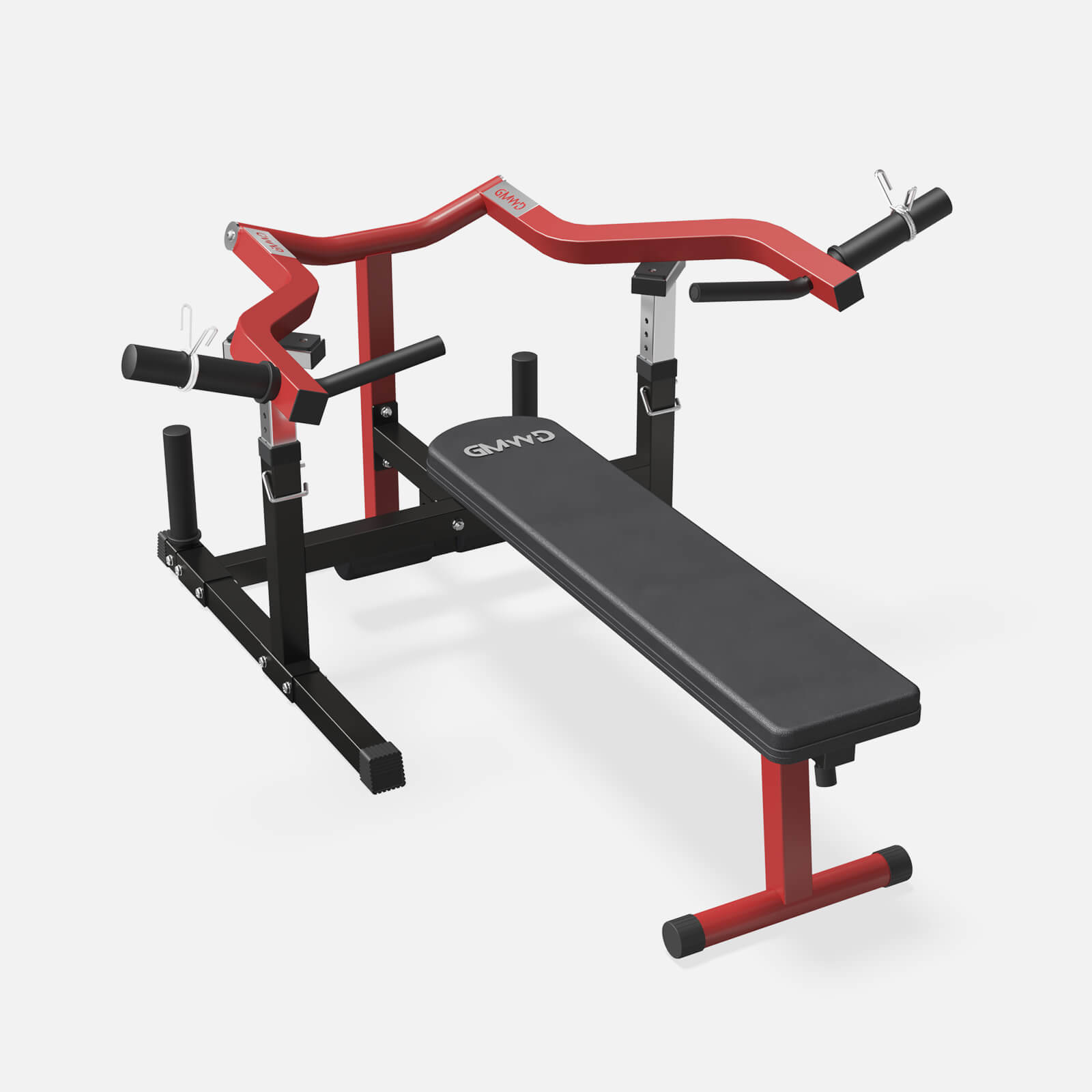
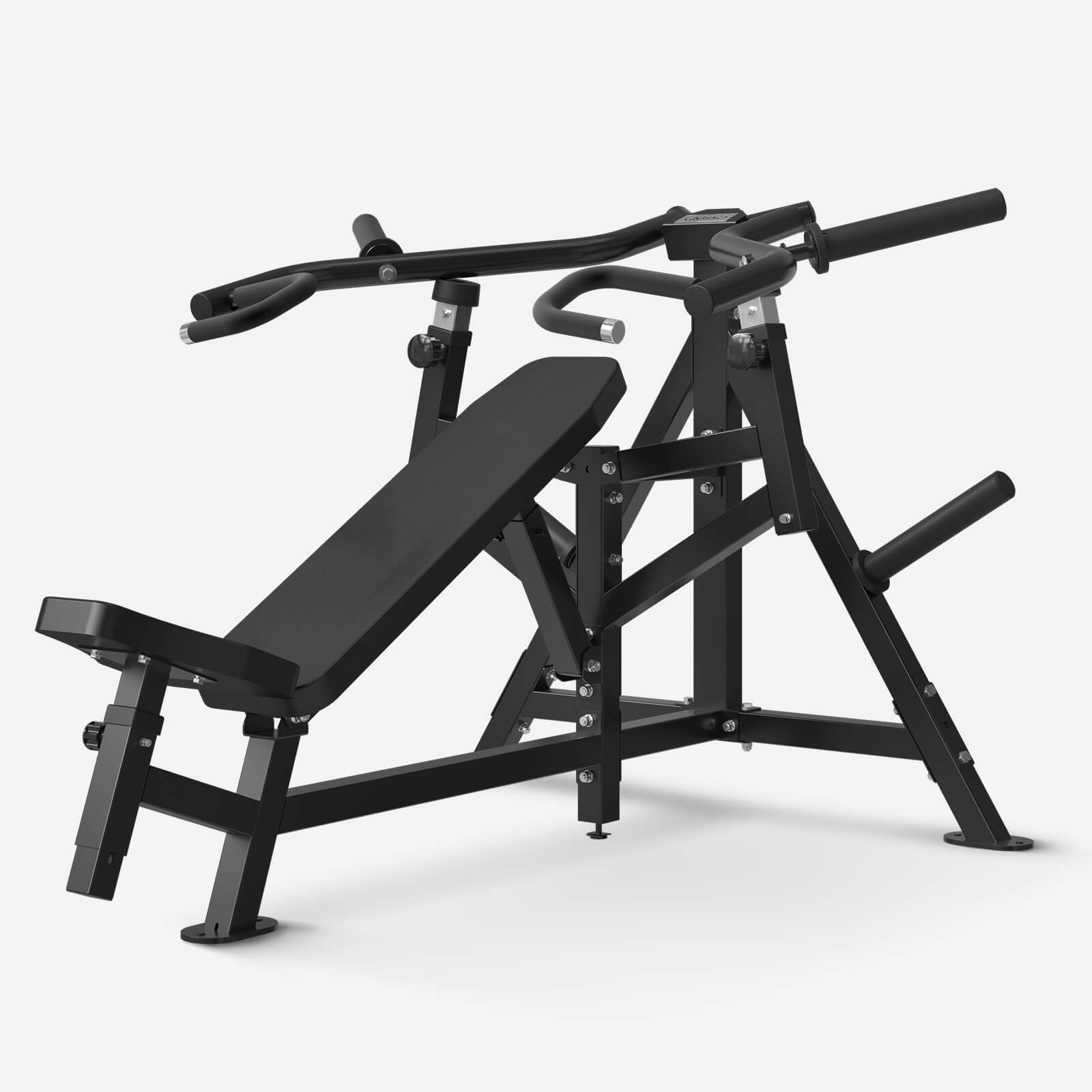
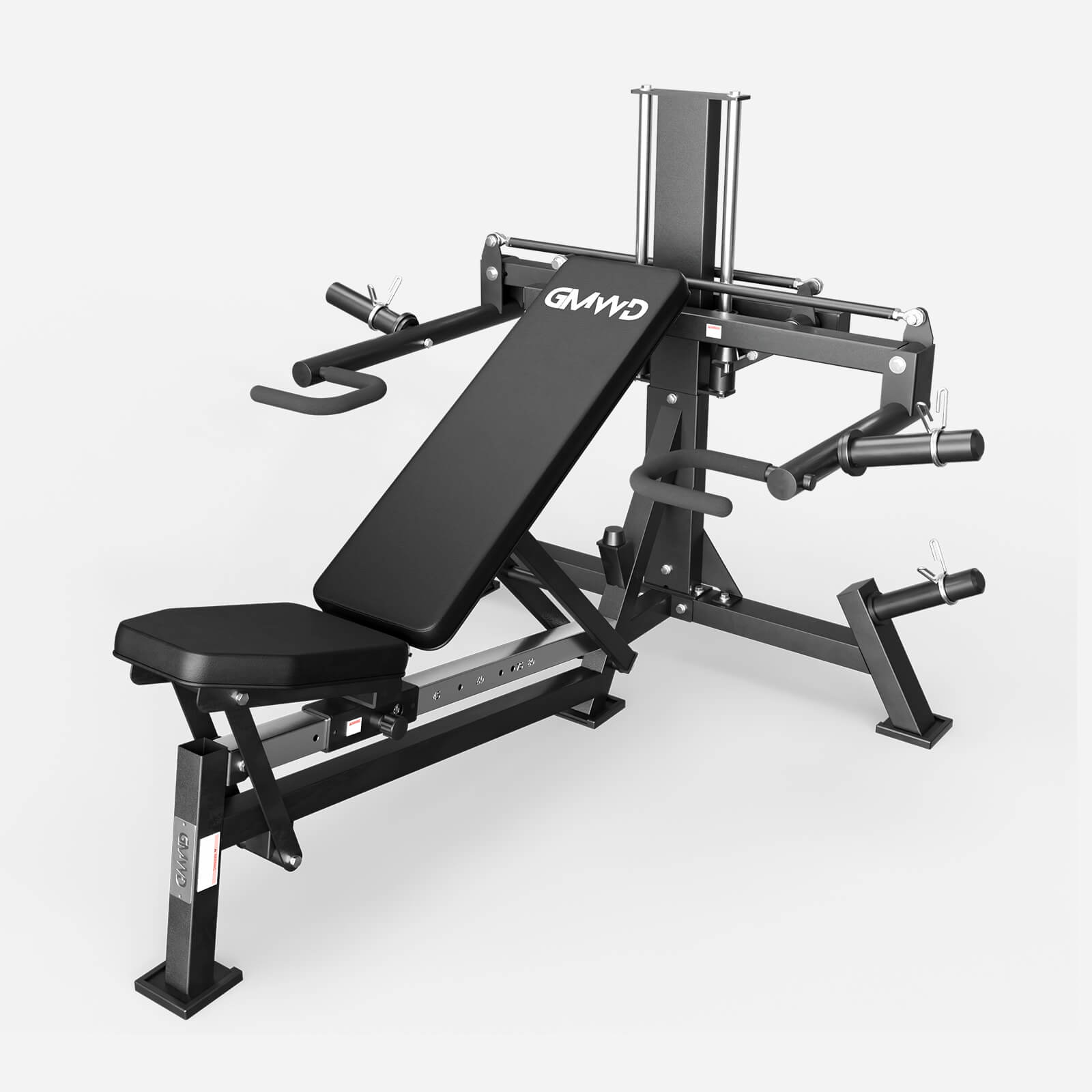
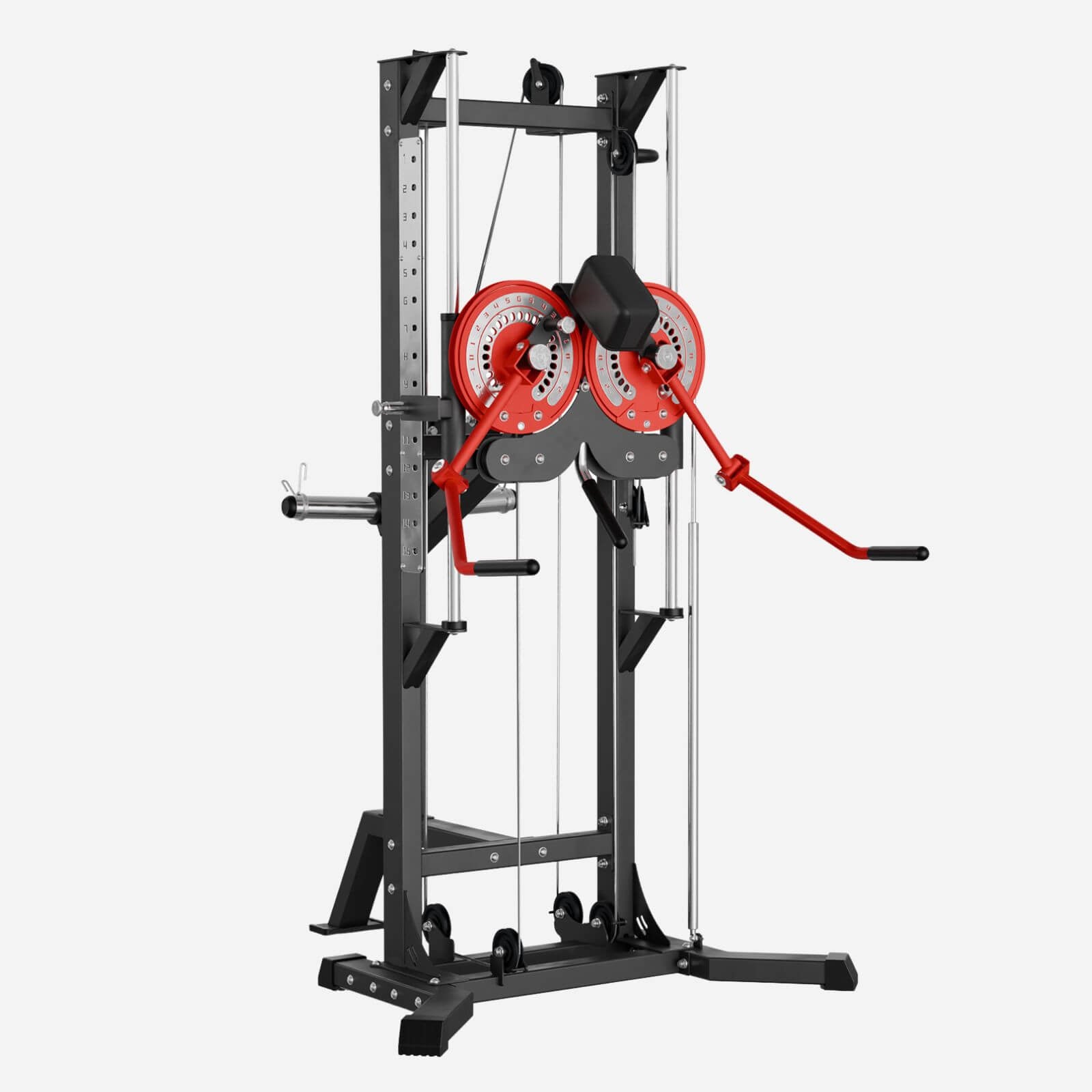

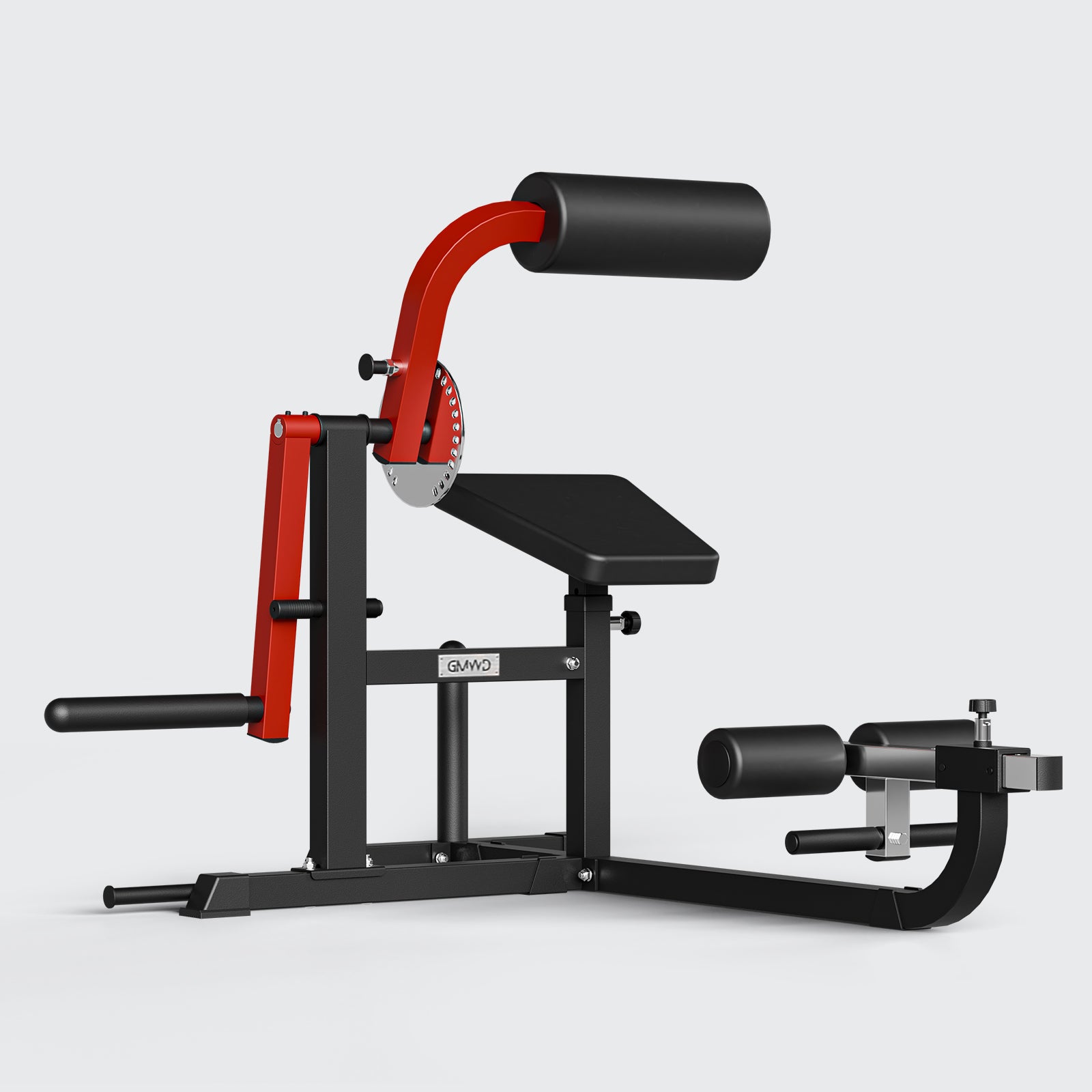
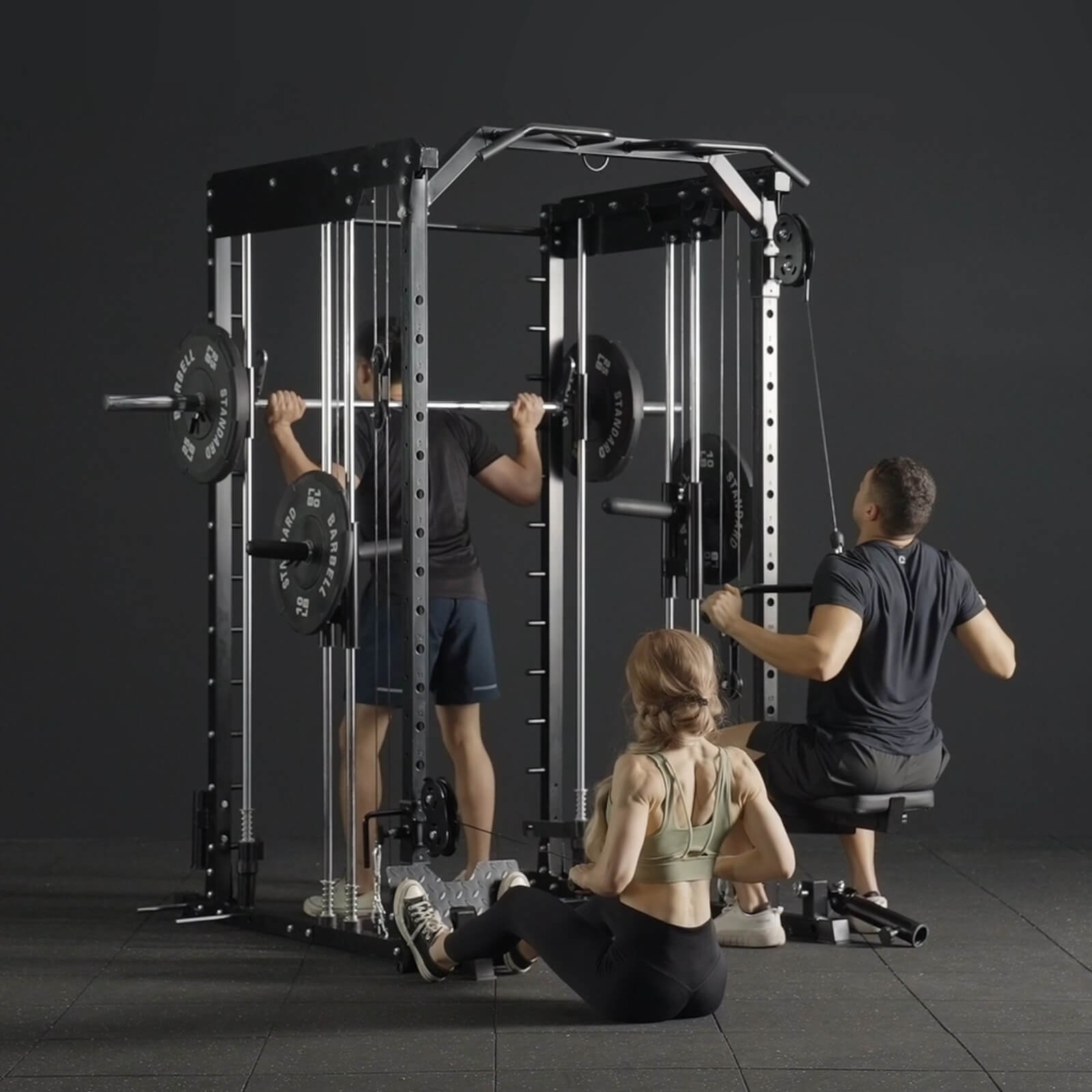
Leave a comment
All comments are moderated before being published.
This site is protected by hCaptcha and the hCaptcha Privacy Policy and Terms of Service apply.